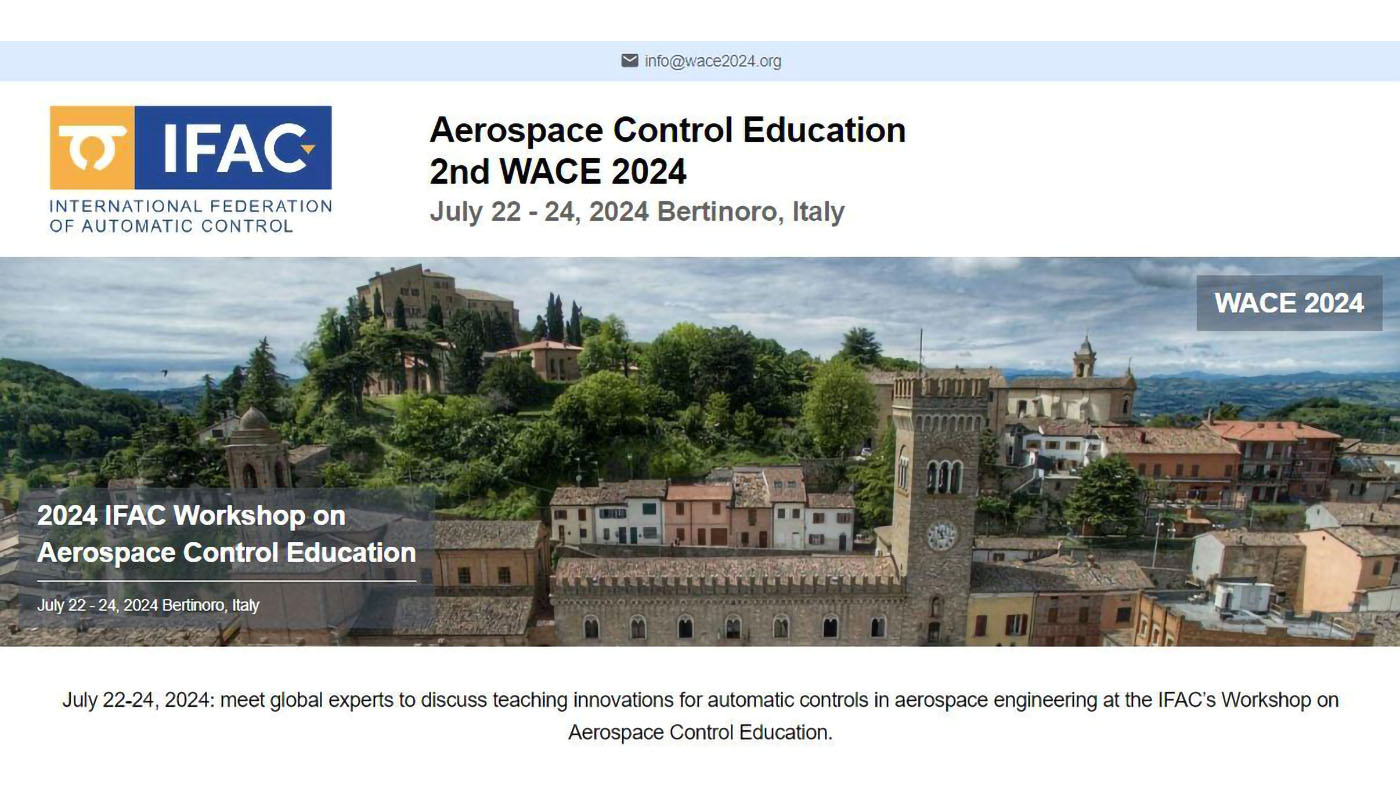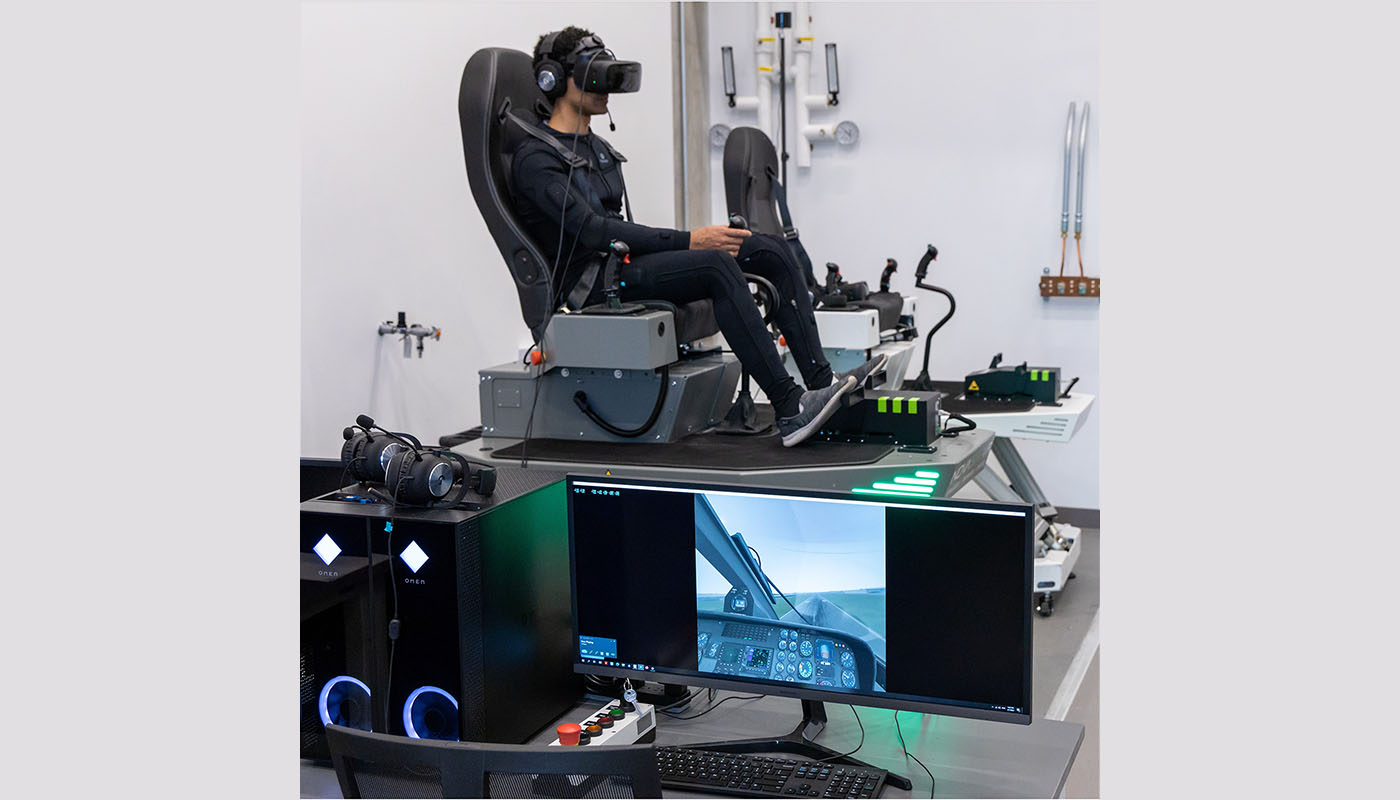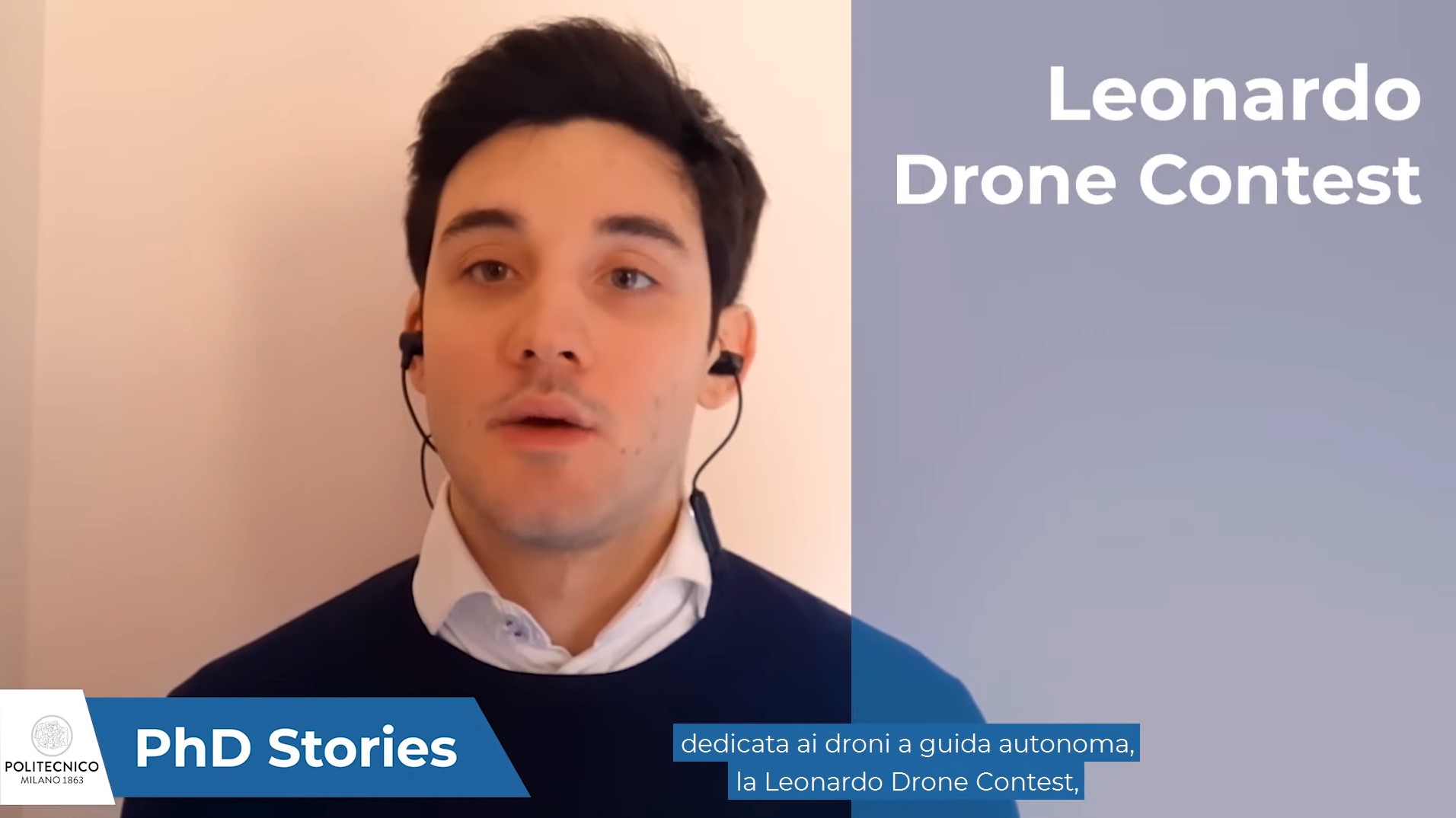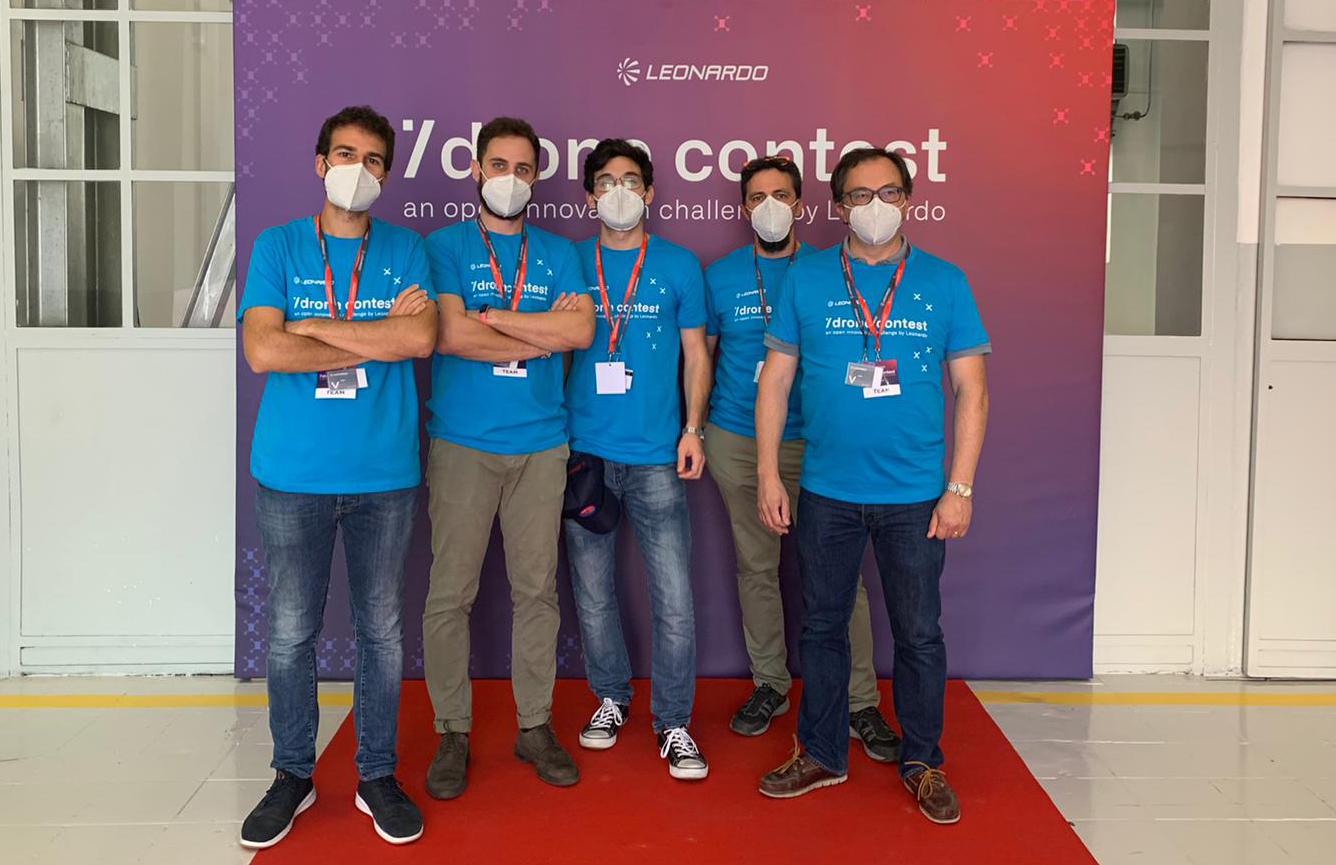ASCL - Aerospace Systems and Control Laboratory

The ASCL pursues the following objectives: to develop fundamental research in the area of systems and control; to perform applied research work related to systems and control both in aeronautics and space; to carry out experimental activities aimed at testing and proving new concepts in the area of ASC.
ONGOING ACTIVITIES
Fundamental systems and control research: present work is exploring a number of directions in view of mid/long term applications to Aerospace Engineering problems, namely system identification for LPV and nonlinear systems, nonlinear geometric control for multibody systems, robust, LPV and adaptive algorithms for disturbance attenuation. Applied aerospace systems and control research: the Laboratory is active on a wide range of topics, including: model identification for full scale and small scale rotorcraft; helicopter and tiltrotor attitude control; robust and adaptive vibration control in helicopters; state estimation for multirotor UAVs; very high accuracy spacecraft attitude determination; nonlinear and adaptive control for multirotor UAVs; path planning, collision avoidance and path following for UAV formations. Experimental activity: the Laboratory runs an infrastructure for indoor flight of multirotor UAVs, used to develop modelling, identification and control techniques and to carry out research on innovative architectures such as variable-configuration multirotors.
FUTURE PLANS
Fundamental research in the area of systems and control: future developments will be defined both in continuity with previous efforts, in the areas of model identification, structured control law design, periodic and LPV systems and to explore new directions such as geometric nonlinear estimation and control and adaptive control. Applied aerospace systems and control research: the present activities on helicopters and tiltrotors will be further developed to include aspects such as flight control system/pilot interactions and the integration of control laws at the preliminary design stage. Similarly, the ongoing work on vibration control will continue, with focus on the interaction between active and passive devices in heterogeneous control architectures. The research work on UAVs will be further expanded in a number of directions including both single-vehicle and formation-level estimation and control issues.
ERC KEYWORDS
- PE7-1 Control Engineering
- PE8-1 Aerospace Engineering
- PE1-19 Control theory and optimization
FREE KEYWORDS
- Modelling and simulation
- System identification
- Unmanned Aerial Vehicles
Articoli del magazine

CALL FOR PAPERS: 2024 IFAC WORKSHOP ON AEROSPACE CONTROL EDUCATION

EXTENDED REALITY SIMULATION AND CONTROL OF ROTORCRAFT

LEONARDO DRONE CONTEST: IL POLITECNICO DI MILANO VINCE ANCHE LA TERZA EDIZIONE

PHD STORIES - GABRIELE ROGGI

LEONARDO DRONE CONTEST: IL POLITECNICO DI MILANO VINCE LA SECONDA EDIZIONE

IL TEAM DEL POLITECNICO DI MILANO VINCE LA PRIMA EDIZIONE DEL "LEONARDO DRONE CONTEST. AN OPEN INNOVATION CHALLENGE"


